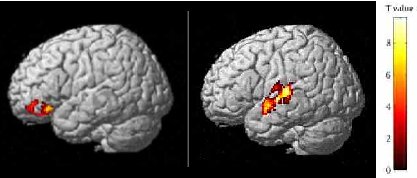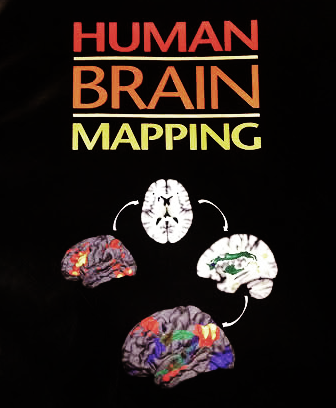Project Description
Activation data from fMRI experiments have become an indispensable tool for testing hypotheses concerning the functional roles of brain structures during controlled experimental tasks. To test hypotheses linking anatomical abnormalities with clinical as well as neuropsychological symptoms in schizophrenia, work in the PNL has recently focused on the relationship between anatomical abnormalities, as measured by DTI, and functional deficits involving language and attention in schizophrenia.
In past studies our laboratory has reported functional deficits involving language (semantic processing, semantic repetition priming) and attention (using Color Stroop) in schizophrenia (see publications). We have also studied functional signal acquired at rest, and have shown, as one of the first studies, a relationship between task activated, and task deactivated (anticorrelated) regions in healthy controls, and in schizophrenia (Jeong and Kubicki, 2010). Recent work in the PNL has also focused on the relationship between anatomical abnormalities, measured using DTI, and functional deficits, measured using fMRI (both resting state and task related). Here, we have shown a relationship between functional activation and white matter integrity disruption within the language network in schizophrenia (Jeong et al., 2009).
We have also used DTI and resting fMRI connectivity data from patients diagnosed with schizophrenia, both separately (Venkateraman et al., 2012, fMRI reference) and together (Venkateraman et al. 2010, joined model reference), as predictors of schizophrenia using a graph approach.








Comments are closed.